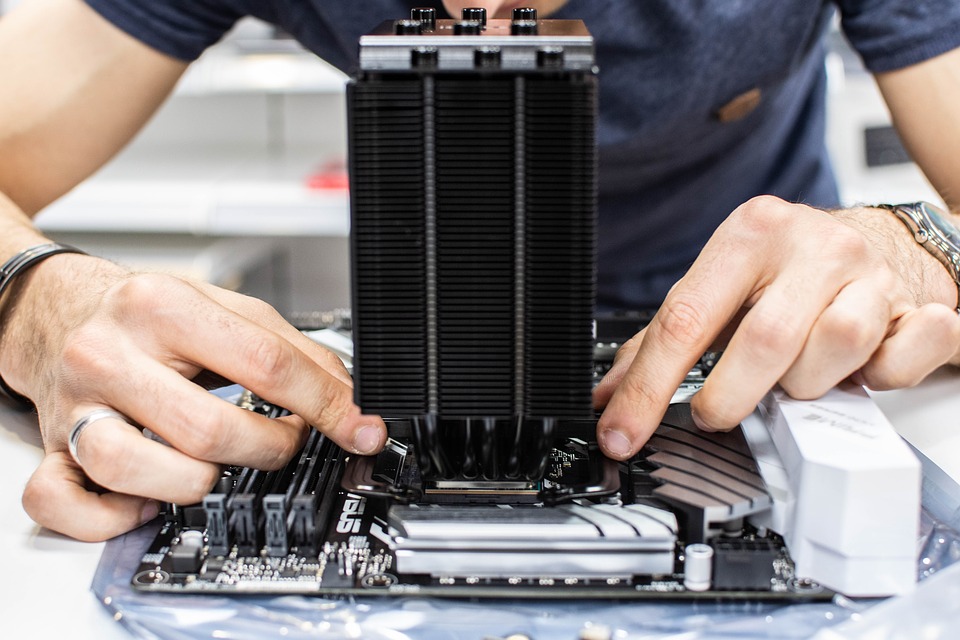
For those with a fascination with all things technological, it’s no surprise that creating a computer or a smart device is the pinnacle of their ambitions in the DIY computing space. This takes time and learning to achieve – but in the meantime, it’s important that you become aware of the different components that’ll one day enable you to create your very own computer. In this piece, we’ll look at the power supply to the devices that you create, offering tips to help you secure this part of every electrical build that you create in the future.
Voltage
It’s important that you know how you’re going to power your device or creation from the very start. Do you think that you’ll use batteries, or will you attach your device to the main supply of electricity in your home? You should remember, of course, that the different voltages involved in both can have a significant impact on the materials you use in your device – so the source of power, and the voltage, should be some of your first concerns when you start a new build. Look up the voltages that all of your materials can withstand in order to decide what kind of power you’ll go for.
Direct or alternating current
Next up, it’s worth considering what kind of current you want running through your device. Again, this kind of planning ought to happen before you’ve created your build, as it’s the key source of your power in your device. By using DC to AC inverters within your circuits, you’ll be able to adapt to the level and kind of power that you want your device to run upon. For the technically minded out there, you’re likely to want both DC and AC in your build – so these inverters are particularly important for you to use.
Wire density
This is another simple tip – so simple that it’s often forgotten entirely by those who are busy soldering different wires together on their build. It’s a common fault in all electrical devices made from home that their wires and other components are simply too weak to withstand the pressure of high-voltage power. This means that your DIY device could burn out within a week or a month if you’ve not been using the right wires or hardware to patch it together – rendering your work redundant.
Stay safe
If you’re using electricity in a project for the first time, you shouldn’t begin your journey with your DIY project until you’ve learned some basic electricity safety tips. These will keep you and your family safe from electrocution and fires – ensuring that you’re handling this dangerous source of power responsibly. You can find electricity safety courses online to put your mind at ease that you’ve thought through every possible hazard before you begin your project. And remember: electricity can kill, so this isn’t something that you should do when tired, intoxicated, or around children.
Have fun adjusting the power calibration on your DIY electrical device to ensure you’re getting the right current flowing through your DIY build.
